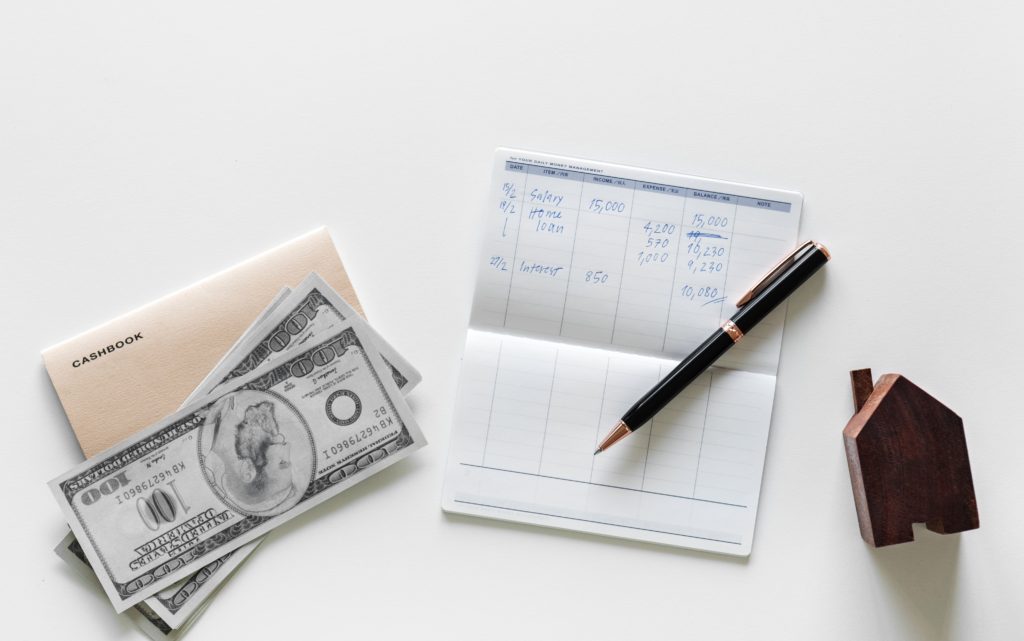
Depreciation is a fundamental concept in accounting that plays a crucial role in determining the financial health of a business. It allows companies to allocate the cost of assets over their useful life, reflecting their gradual loss in value. This comprehensive guide will delve into the depreciation world, exploring its various aspects, methods, and implications for businesses.
Definition of Depreciation
Depreciation is the systematic allocation of the cost of an asset over its estimated useful life. Instead of deducting the entire cost of a valuable asset in a single tax year, depreciation allows businesses to write off a portion of its value each year. This gradual expense recognition provides better financial control and aligns with the matching principle in accounting, which matches expenses with the revenue they generate.
Importance of Depreciation in Accounting
Depreciation is not just a financial term; it’s a crucial accounting practice that affects a company’s financial statements, tax liability, and overall financial health. Understanding and applying depreciation correctly is essential for accurate financial reporting and tax compliance. Now, let’s explore the assets that are subject to depreciation.
Depreciable Assets
Before we dive into the intricacies of depreciation methods, it’s essential to understand the types of assets that can be depreciated and the criteria that qualify them.
Tangible vs. Intangible Assets
Assets can be broadly categorized into two types: tangible and intangible.
Tangible Assets: These are physical assets that can be touched or seen. Examples include buildings, vehicles, machinery, and office equipment.
Intangible Assets: These are non-physical assets without a physical presence. Examples include patents, copyrights, trademarks, and goodwill.
Criteria for Depreciable Assets
To qualify for depreciation, an asset must meet specific criteria:
- Ownership: You must own the purchase, either outright or through a financing arrangement.
- Business Use: The asset must be used in your business or for income-generating purposes.
- Determinable Useful Life: You should be able to estimate the asset’s useful life, typically more than one year.
Now that we’ve identified depreciable assets let’s explore the various methods businesses use to calculate depreciation.

Depreciation Methods
Depreciation methods dictate how a business allocates the cost of an asset over its useful life. Different ways offer varying degrees of complexity and can significantly impact a company’s financial statements and tax obligations.
Straight-Line Depreciation
Explanation: The straight-line method is the simplest and most commonly used depreciation method. It evenly distributes the asset’s cost over its estimated useful life.
Formula: (Asset Cost – Salvage Value) / Useful Life
Example: Suppose your business purchases a piece of equipment for $10,000 with a salvage value of $500 and a useful life of 10 years. Using the straight-line method, you’d write off $950 annually for ten years.
Double-Declining Balance Depreciation
Explanation: The double-declining balance method accelerates depreciation, allowing businesses to deduct more in the asset’s earlier years of use.
Formula: (2 x Straight-Line Depreciation Rate) x (Book Value at the Beginning of the Year)
Example: Using the same equipment, in the first year, you’d deduct $2,000 (double the straight-line rate). In subsequent years, you apply the speed to the asset’s remaining book value. This method doesn’t consider salvage value.
Sum-of-the-Years’ Digits Depreciation
Explanation: This method accelerates depreciation but offers a more even distribution than the double-declining balance method.
Formula: (Remaining Lifespan / Sum-of-the-Years’ Digits) x (Asset Cost – Salvage Value)
Example: In the first year, you’d write off $1,727 for the equipment. Each year, the remaining lifespan decreases, affecting the depreciation amount.
Units of Production Depreciation
Explanation: This method ties depreciation to an asset’s usage or output, making it suitable for investments with variable utilization patterns.
Formula: (Asset Cost – Salvage Value) / Units Produced in Useful Life
Example: If your equipment can produce 100,000 units before its useful life ends, you’d calculate depreciation based on the units produced yearly.
Modified Accelerated Cost Recovery System (MACRS)
Overview: MACRS is the depreciation method required on U.S. tax returns. It assigns assets to specific classes, each with helpful life and depreciation rules.
Asset Classes and Useful Lives: Assets fall into various classes, such as 3-year, 5-year, 7-year, 10-year, 15-year, and 20-year, residential rental property (27.5-year), and non-residential rental property (39-year).

Depreciation Schedule
A depreciation schedule is a vital tool that outlines how each asset’s value will depreciate over time. It typically includes:
- A description of the asset
- Date of purchase
- Total purchase price
- Expected useful life
- Depreciation method used
- Salvage value
- Depreciation amount deductible in the current year
- Cumulative depreciation amount
- Net book value of the asset
Maintaining a depreciation schedule helps businesses track their assets’ values, calculate depreciation expenses accurately, and plan for future asset replacements or upgrades.
Depreciation and Business
Understanding depreciation’s impact on your business goes beyond financial statements. It also affects your cost structure, tax obligations, and financial planning.
Depreciation as a Fixed Cost
In most cases, depreciation functions as a fixed cost because the amount allocated to depreciation remains consistent yearly, regardless of changes in business activity levels. However, there are exceptions, such as the units of production method, where depreciation can be variable.
Tax Implications and Depreciation
Depreciation directly influences a business’s taxable income. Choosing the appropriate depreciation method can impact your tax liability, making it essential to align your financial and tax strategies.
Depreciation of Rental Property
Depreciating rental property involves distinguishing between the value of the building and the land. Additionally, you must handle expenses related to property improvements and navigate IRS Section 1250 when selling depreciated property.
Depreciation Accounting
Recording depreciation accurately is crucial for maintaining transparent financial records and complying with accounting standards.

Recording Depreciation Expense
Depreciation expense is recorded as a debit on the income statement. It represents the portion of an asset’s cost expensed during a specific period.
Accumulated Depreciation
Accumulated depreciation is a contra account to the asset’s value on the balance sheet. It represents the total depreciation recognized on the purchase to date.
Special Considerations
Several special considerations and rules come into play when dealing with depreciation in specific situations.
Section 1250 and Sale of Depreciated Property
Section 1250 of the Internal Revenue Code adjusts the tax treatment when selling depreciated property, potentially affecting your tax liability upon sale.
Depreciation of Improvements to Assets
Improvements made to assets can sometimes be capitalized and depreciated over time, influencing the overall asset’s value and depreciation.
Filing for Depreciation
To claim depreciation expenses on your tax return, you need to complete IRS Form 4562. This form is essential for accurately reporting depreciation and its impact on your tax obligations.
IRS Form 4562
Learn how to fill out IRS Form 4562 and ensure compliance with tax regulations.
Reporting Depreciation on Tax Returns
Correctly reporting depreciation on your tax return is crucial for avoiding tax penalties and ensuring accurate financial records.
Conclusion
In conclusion, depreciation is a vital accounting concept every business should understand and apply correctly. Companies can effectively manage their assets’ values and financial health by selecting the appropriate depreciation method, maintaining accurate records, and staying informed about tax regulations. Depreciation is not just an economic concept; it’s a strategic tool that empowers businesses to make informed decisions about their assets and financial future.